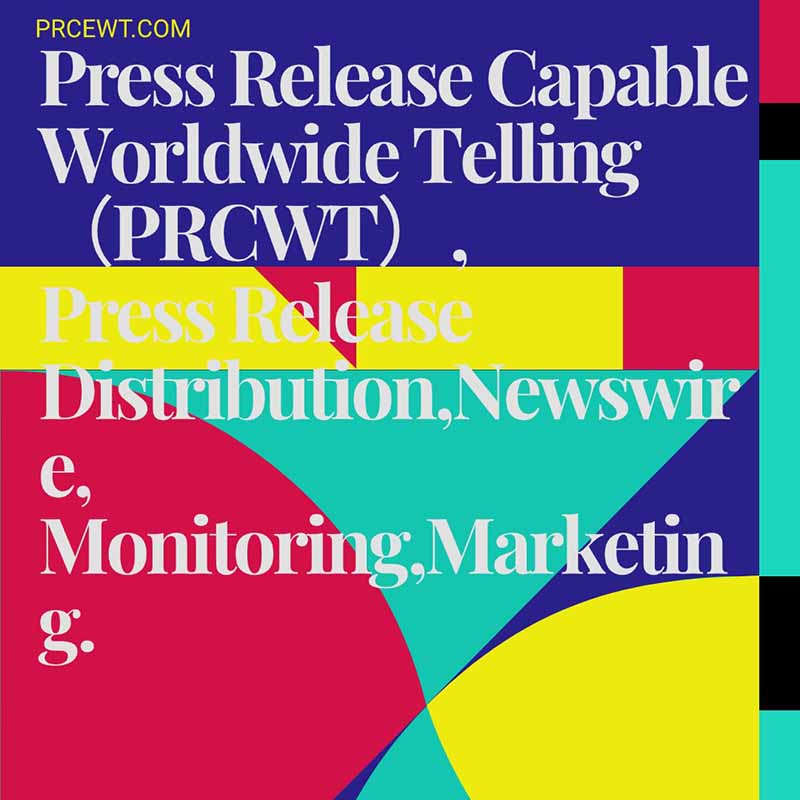In today's digital landscape, media monitoring has emerged as a crucial tool for businesses and organizations. It allows them to stay informed about what is being said about them in the media, identify emerging trends, and manage their reputation. This article explores the importance of media monitoring, its applications, and the latest industry trends.
Media monitoring involves the tracking and analysis of various media sources, including print, online, social media, and broadcast. By monitoring these sources, businesses can gain valuable insights into how their brand is perceived by the public, what issues are relevant to their industry, and how they are being compared to their competitors. This information can then be used to develop strategies to improve their brand image, respond to negative publicity, and engage with their customers.

One of the key benefits of media monitoring is its ability to provide real-time information. In today's fast-paced digital world, news and information can spread rapidly, and businesses need to be able to respond quickly to emerging issues. By monitoring the media in real-time, businesses can stay ahead of the curve and take appropriate action before a situation gets out of hand.

Another important aspect of media monitoring is its role in reputation management. In today's highly competitive marketplace, a company's reputation can be a critical factor in its success. By monitoring what is being said about them in the media, businesses can identify potential threats to their reputation and take steps to address them before they become a major issue. This can include issuing statements, engaging with the media, and taking other measures to manage the narrative.
In addition to its applications in business and reputation management, media monitoring is also used by governments, non-profit organizations, and other institutions to monitor public opinion and social trends. For example, governments may use media monitoring to track public sentiment on issues such as healthcare, education, and the environment. Non-profit organizations may use it to monitor the effectiveness of their campaigns and to identify areas where they need to focus their efforts.

The latest industry trends in media monitoring include the use of advanced analytics and artificial intelligence to gain deeper insights into media data. These technologies can help businesses identify patterns and trends that might otherwise be difficult to detect, and they can also provide more accurate and timely information. Another trend is the growing importance of social media monitoring, as more and more people get their news and information from social media platforms.
In conclusion, media monitoring is a critical tool for businesses and organizations in today's digital age. It provides valuable insights into how a company is perceived by the public, what issues are relevant to its industry, and how it can manage its reputation. By staying informed about the latest industry trends and using advanced analytics and artificial intelligence, businesses can gain a competitive edge and make more informed decisions.